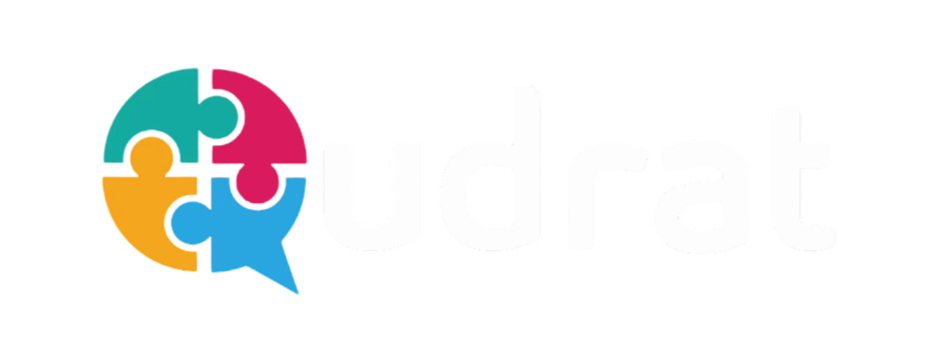Recognize the Signs
Our clinics have grown to provide facility of the diagnosis manipulative treatment for autism spectrum disorder.Not all children with ASD exhibit the same symptoms. Symptoms can vary from mild to severe. It is therefore important to get a specialist’s evaluation so that your child can get an early ABA intervention. If your child exhibits any of the following signs, ask your pediatrician or family doctor for an evaluation right away. It is important to share your concerns with the doctor and get a referral to a Child’s Developmental Doctor who can make an in-depth evaluation of your child.
Signs and Symptoms
Few or no big smiles or other warm, joyful, and engaging expressions. Limited or no eye contact.
Little or no back-and-forth sharing of sounds, smiles, or other facial expressions.
Very few words or no words.
Very few or no meaningful, two-word phrases [not including imitating or repeating]
Loss of previously acquired speech, babbling, or social skills. Avoidance of eye contact. Persistent preference for solitude. Difficulty understanding other people’s feelings. Delayed language development. Persistent repetition of words or phrases [echolalia] Resistance to minor changes in routine or surroundings. Restricted interests. Repetitive behaviors [flapping, rocking, spinning, etc.] Unusual and intense reactions to sounds, smells, tastes, textures, lights, and/or color.
What Is Qudrat ?
Qudrat Early Intervention Center is a specialized therapeutic center dedicated to supporting children with developmental delays and special needs through evidence-based, individualized programs. It offers a multidisciplinary range of services, including speech and language therapy, occupational therapy, applied behavior analysis (ABA), and educational support, all tailored to meet each child’s unique needs. The center’s mission is to empower children to reach their fullest potential by fostering their communication, social, cognitive, and motor skills in a nurturing and inclusive environment. With a team of qualified professionals and a strong family-centered approach, Qudrat works closely with parents to ensure progress is consistent both in therapy sessions and at home.
Qudrat Program
What is Applied Behavior Analysis and How Can it Help My Child?
Applied Behavior Analysis [ABA] is a scientifically proven method for improving the behavior and skills of individuals with autism and other developmental disorders. It is recommended as the golden standard (intervention) for early intervention and management in children with autism and developmental delay.
ABA is based on the principles of behaviorism, which states that behavior can be understood and changed through the study of observable and measurable actions. ABA intervention focuses on the specific goals and needs of the individual and uses a variety of techniques to help them learn new skills and improve their behavior. These techniques include positive reinforcement, modeling, shaping, and prompting.
Learn More

ABA intervention can be used to help children with autism and other developmental disorders in a variety of ways, including:
 Improving Communication Skills: ABA intervention can help children learn to communicate more effectively, through techniques such as sign language, picture exchange, and augmentative communication devices.
Improving Communication Skills: ABA intervention can help children learn to communicate more effectively, through techniques such as sign language, picture exchange, and augmentative communication devices.
 Increasing Social Skills: ABA intervention can help children learn how to interact with others more appropriately, through techniques such as social skills training, joint attention training, and play intervention.
Increasing Social Skills: ABA intervention can help children learn how to interact with others more appropriately, through techniques such as social skills training, joint attention training, and play intervention.
 Reducing Challenging Behaviors: ABA intervention can help children learn how to control their behavior and reduce challenging behaviors, through techniques such as positive reinforcement, behavior modification, and functional behavior assessment.
Reducing Challenging Behaviors: ABA intervention can help children learn how to control their behavior and reduce challenging behaviors, through techniques such as positive reinforcement, behavior modification, and functional behavior assessment.
 Improving Academic Skills: ABA intervention can help children learn how to read, write, and do math more effectively, through techniques such as discrete trial training, errorless learning, and fluency-based instruction.
Improving Academic Skills: ABA intervention can help children learn how to read, write, and do math more effectively, through techniques such as discrete trial training, errorless learning, and fluency-based instruction.

At Qudrat, ABA intervention is provided by a team of over 80 ABA professionals, supervised by the largest team of Board Certified Behavior Analysts [BCBA] in Kuwait. The BCBAs create an individualized program plan [IEP] for each child and supervise the ABA sessions to ensure progress for the child, and intervene when needed.
Overall, ABA intervention is a highly effective method for improving the behavior and skills of children with autism and other developmental disorders and can have a significant positive impact on their quality of life.
If you are considering ABA intervention for your child, the first step is to fill in the contact form below, and you will:
- 1. Be contacted by the Qudrat relations team.
- 2. Undergo a BCBA consultation to determine whether ABA can benefit your child, and discuss the options you have at Qudrat and out of Qudrat.
- 3. Begin your ABA program: Once it’s established that ABA will benefit your child, the team will take you through the steps of enrollment at Qudrat.
How the Program Works
1
Child assessment and development of the individualized program
2
Implementing the ABA intervention program at Qudrat, in school, or at home
3
Monitoring progress and adjusting the program as needed





